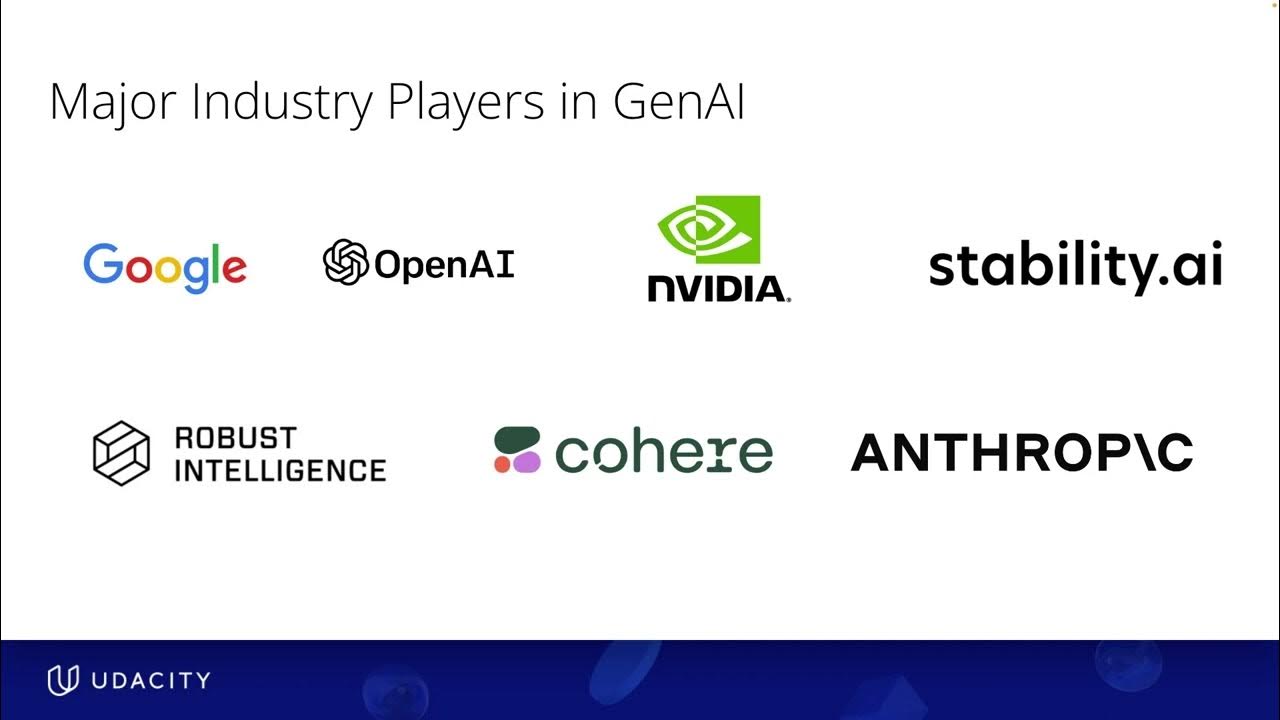How to make $150,000 in a week - story of a viral AI website | Pieter Levels and Lex Fridman
Summary
TLDRThe speaker recounts their journey with generative image models, starting with Stable Fusion, which they used to create a website generating non-existing houses. They then pivoted to interior design with Interior AI, achieving significant financial success. Experimenting with image-to-image technology, they trained models on their own face, leading to the creation of Avatar AI. Despite competition from larger companies, they found their niche in photorealistic AI, culminating in Photo AI. The narrative highlights the challenges and triumphs of leveraging AI for creative and business purposes.
Takeaways
- 😀 The speaker experimented with generative image models, specifically Stable Diffusion, to create images from text prompts.
- 🏠 They discovered that the model excelled at generating images of houses and architecture, leading to the creation of 'thishousedoesnotexist.org'.
- 🔄 The speaker pivoted to interior design, launching 'InteriorAI.com', which utilized image-to-image technology to modify existing photos into different styles.
- 💸 The venture into interior design proved profitable, generating significant monthly revenue within a short period.
- 🤖 The speaker explored fine-tuning AI models to specialize in interior design, which improved the quality and realism of the generated images.
- 👤 They also experimented with generating avatars of themselves, which unexpectedly became popular and led to the creation of 'AvatarAI.me'.
- 📈 The avatar project went viral, earning a substantial amount of money in a short time, but the speaker felt it was too 'cheesy' and not sustainable.
- 📸 The speaker then shifted focus to creating a more realistic photo AI, aiming to produce photorealistic images without the need for a photographer or studio.
- 🛠️ The process of training the AI on a limited set of photos and manually curating the results was labor-intensive, prompting the need for automation.
- 🔗 The speaker collaborated with AI model platforms to automate the training process, which eventually led to the development of more specialized AI models for various applications.
Q & A
What is the first generative image model the speaker started playing with?
-The first generative image model the speaker started playing with is Stable Diffusion.
How did the speaker discover Stable Diffusion?
-The speaker discovered Stable Diffusion on Twitter.
What was the speaker's initial experience with generating images using Stable Diffusion?
-The speaker found it amazing and was able to generate images in any style by writing prompts.
What was the speaker's observation about the model's ability to generate images of people?
-The speaker noted that the model was really bad at generating images of people.
What type of images did the model excel at generating according to the speaker?
-The model was good at generating images of houses and architecture.
What website did the speaker create to showcase the model's ability to generate house images?
-The speaker created a website called 'thishousedoesnotexist.org' to showcase the model's ability to generate house images.
How did the speaker monetize the interior design AI model?
-The speaker monetized the interior design AI model by launching a website and charging users for generating interior designs.
What was the monthly revenue the speaker achieved with the interior design AI model?
-The speaker achieved a monthly revenue of 40K to 50K dollars with the interior design AI model.
What did the speaker do to improve the interior design AI model?
-The speaker fine-tuned the existing AI model on a specific goal by training it with a gallery of beautiful interior designs.
How did the speaker's experience with generating avatars lead to the creation of a new startup?
-The speaker's experience with generating avatars led to the creation of a new startup called 'Avatar AI' after realizing the potential of the technology to generate images of oneself in various styles.
What was the speaker's reaction to a big VC company entering the avatar market and outperforming their app?
-The speaker felt it was amazing and saw it as a validation of the market potential, despite the competition.
What was the speaker's approach to handling customer orders for AI-generated avatars before automating the process?
-Initially, the speaker manually took customer photos, trained the model, and emailed the generated avatars back to the customers.
What challenges did the speaker face when scaling the avatar generation service?
-The speaker faced challenges such as the need to automate the process due to the high volume of customer orders and dealing with increased costs for training the AI models on the platform they were using.
Outlines

This section is available to paid users only. Please upgrade to access this part.
Upgrade NowMindmap

This section is available to paid users only. Please upgrade to access this part.
Upgrade NowKeywords

This section is available to paid users only. Please upgrade to access this part.
Upgrade NowHighlights

This section is available to paid users only. Please upgrade to access this part.
Upgrade NowTranscripts

This section is available to paid users only. Please upgrade to access this part.
Upgrade NowBrowse More Related Video

Create Ultra Realistic AI Videos | My Full Pipeline & Hailou Minimax Tutorial (Free Trial)

Foundation Models Explained | Generative AI

AI - We Need To Stop

Will this AI Replace 3D Modeling?

AI News: New Mystery Models, Meta AI Search, Grok Adds Vision, Chrome Agents, Apple Intelligence

U8-04 V2 Wichtige Akteure der Branche V3
5.0 / 5 (0 votes)